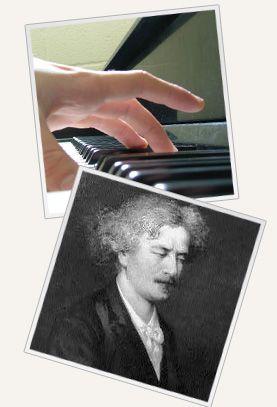Connections:
Life’s changing choreography
You take your partner by the hand, you hold each other close, and you look into each other’s eyes . . .Life’s changing choreography
For most of us, our first dance is a discovery of this amazing person you have fallen in love with — then, with family and friends and champagne and roses, you begin a new dance as spouses.
The next dances are jigs and skips around your first apartment or starter house. Soon the dance includes new partners: the colicky baby, the first-grader, the teenager and the angst of being fifteen, the young adult off to college. The next time that it’s just the two of you again is at the wedding of your son or daughter and their first dance with their spouses. Your delight becomes your children and grandchildren; you travel to new places; you finally stop and dance closer together once again.
But eventually the rhythm will slow as you will find your joy in the memories of the steps you have danced together. You become each other’s caregiver and protector as you glimpse together into eternity. You wheel your spouse to the doctor, you slowly help your spouse to the bathroom, you gently dress and feed and prepare the medications for your beloved. You take your spouse’s hand for the last time.
Different steps, different rhythms, different settings. Before you know it, the whirl of courtship becomes the shuffle of old age. But the choreography is the same: you take your partner by the hand, you hold each other close, you look into each other’s eyes . .



